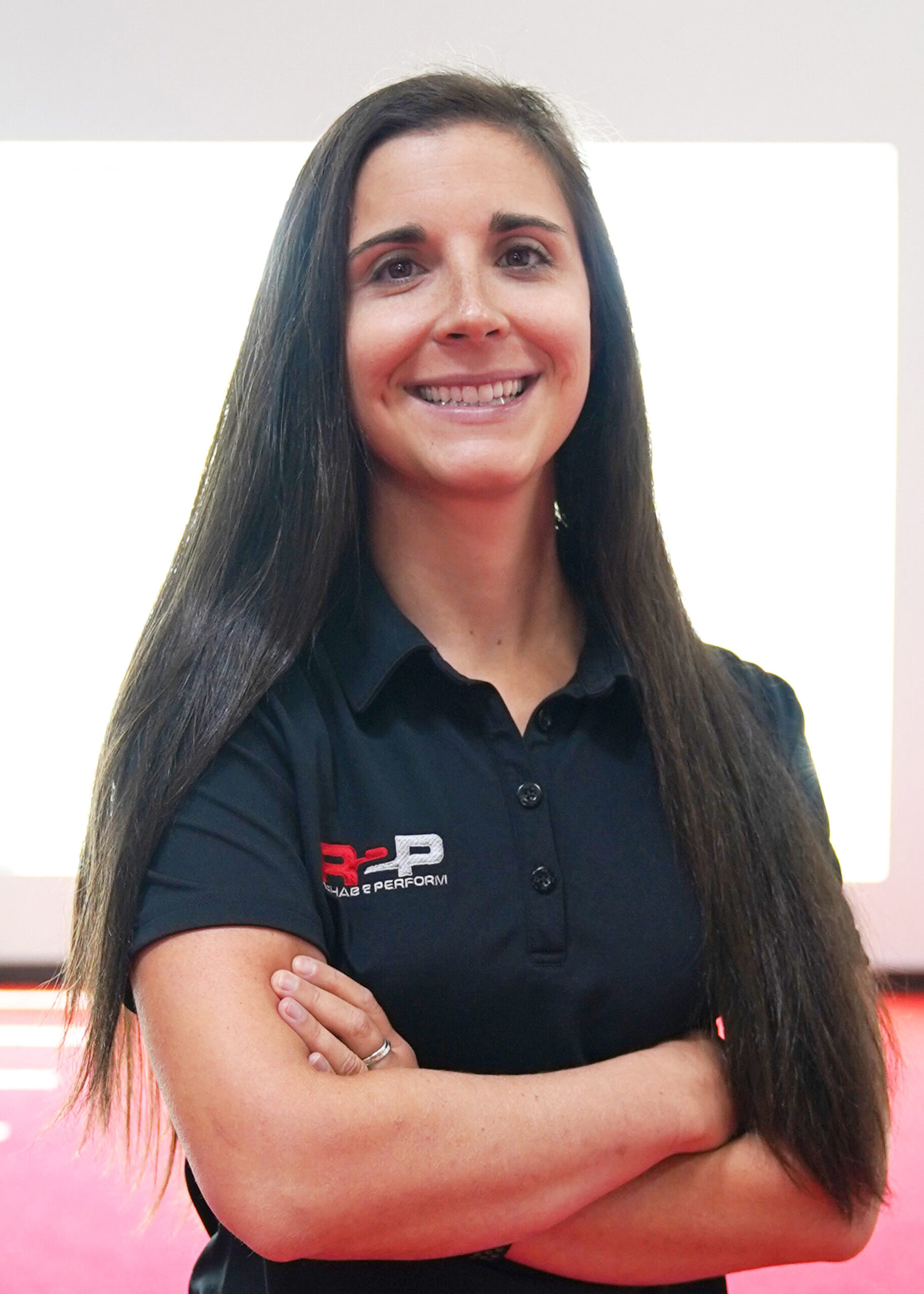Returning 2 Weightlifting Postpartum

Guidelines for Safe Lifting Postpartum
For many active women, getting back into the gym after giving birth can be both exciting and a little intimidating. You may be eager to return to the barbell, but also unsure of what your body is truly ready for. As a pelvic health physical therapist (and a mom myself), I’ve worked with countless postpartum clients who want to safely return to lifting—and I’m here to tell you, yes, it’s possible. But it requires intention, patience, and a clear roadmap.
At Rehab 2 Perform, we take a performance-based approach to postpartum care, helping you rebuild from the inside out. Whether you’re a recreational lifter or competitive athlete, here’s what you need to know about returning to weightlifting after baby.
What Changes Postpartum?
During pregnancy, your body goes through significant changes—including hormonal shifts, abdominal stretching, pelvic floor pressure, and core changes like diastasis recti. After delivery, those systems don’t bounce back overnight.
Common postpartum concerns related to lifting include:
- Core weakness and poor pressure management
- Pelvic floor dysfunction (leaking, heaviness, pain)
- Joint instability or general fatigue
- Deconditioning from reduced training during pregnancy
The key is not just getting back to what you used to do—but doing it with a more connected, functional foundation.
General Guidelines for Returning to Lifting Postpartum
While every body and birth story is different, the following principles are a solid starting point:
1. Prioritize Early Movement
Following a pregnancy and delivery, one of the most critical steps in recovery is to prioritize early, gentle movement. While the inclination might be to rest completely, prolonged immobilization can lead to stiffness, muscle atrophy, and a delayed return to normal function. The initial focus isn’t on strenuous exercise, but rather on re-establishing basic comfort and proficiency with everyday movements.
2. Rebuild Your Core and Pelvic Floor
Start with breath-based, low-load core and pelvic floor activation exercises. Focus on reconnecting before progressing.
Recommended starting exercises:
- Diaphragmatic Breathing
- Pelvic Tilts
- Glute Bridges
- Core Bracing Exercises
These exercises reinforce coordination between your diaphragm, core, and pelvic floor—critical for safe lifting mechanics.
3. Focus on Form and Pressure Management
When you start lifting again, form becomes more important than ever. Avoid holding your breath or bracing aggressively if your pelvic floor and core aren’t ready for that demand yet.
Tips for pressure management:
- Exhale on exertion (e.g., during the lift portion of a squat or deadlift)
- Avoid bearing down or “pushing out” during reps
- Listen to your body—any doming, coning, or heaviness means modify
4. Progress Slowly and Intentionally
Start with bodyweight and light resistance before reintroducing barbells or heavier dumbbells. Movement patterns like squats, hinges, pushes, and pulls are great to train early—as long as you can maintain good control.
Sample progressions:
- Bodyweight squat → goblet squat → front squat
- Hip bridge → hip thrust → barbell hip thrust
- Deadlift with kettlebell → trap bar → barbell
If you’re leaking, feeling heaviness, or seeing abdominal doming, it’s a sign to scale back or seek professional guidance.
5. Prioritize Recovery
Sleep, hydration, and nutrition all support your healing process—and how your body responds to training. Be kind to yourself. Your fitness isn’t gone, it’s just rebuilding in a new way.
Red Flags to Watch For
Stop and consult a pelvic health PT if you notice:
- Urine leakage during or after lifting
- A feeling of heaviness or bulging in the vaginal area
- Pain in the pelvis, hips, or lower back
- Visible doming or coning of your abdomen during effort
These are signs your pressure system (core and pelvic floor) needs more support before progressing.
How Physical Therapy Can Help
At Rehab 2 Perform, our pelvic health team specializes in working with postpartum individuals who want to get back to performance. We assess your breathing, movement patterns, pelvic floor, and strength, then build a plan to help you lift with confidence and without setbacks.
We don’t believe in holding people back—we believe in helping you move forward safely, with expert guidance.
Ready 2 Lift Again – The Right Way?
Returning to weightlifting postpartum is possible, empowering, and incredibly rewarding when done with intention. Whether you’re weeks or months postpartum, now is the perfect time to reconnect with your strength and rebuild your foundation. Schedule an appointment with one of our pelvic health physical therapists at Rehab 2 Perform, and let us help you get back under the bar—stronger and smarter than ever.
This blog is for educational purposes and should not replace professional medical advice. Always consult with your provider before beginning a new exercise program.
- Dr. Jamie Schindler, DPT, SCS, CSCS, Pelvic Health Specialist & Area Director- Annapolis & Gambrills

About Rehab 2 Perform
Rehab 2 Perform is a leading physical therapy and sports rehabilitation company dedicated to helping clients achieve optimal performance in their daily lives, whether they are athletes, weekend warriors, or individuals recovering from injury. With a team of highly skilled professionals across 11 state-of-the-art locations (soon to be 12), Rehab 2 Perform offers a personalized, evidence-based approach that emphasizes active rehabilitation and functional fitness. Find a Location near you, or Schedule Here.
